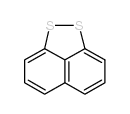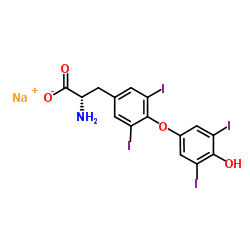51-48-9
| 中文名 | L-甲状腺素 |
|---|---|
| 英文名 | L-thyroxine |
| 中文别名 |
3,3',5,5''-四碘代-L-甲状腺原氨酸
3,5,3',5'-四碘甲状腺胺酸 3-[4-(4-羟基-3,5-二碘苯氧基)-3,5-二碘苯基]-L-丙氨酸 甲状腺素左旋甲状腺素 D-Α-生育酚 甲四碘安,LEVOTHYROXINE O-(4-羟基-3,5-二碘苯基)-3,5-二碘-L-酪氨酸 D-ALPHA-生育酚 2-甲状腺素 L-甲状腺激素 2-甲状腺素 O-(4-羟基-3,5-二碘苯基)-3,5-二碘-L-酪氨酸 D-Alpha-生育酚 左旋甲状腺素 3,5,3',5'-四碘甲状腺胺酸 甲状腺素 甲四碘胺 左旋甲状腺素 |
| 英文别名 |
Thyroxine (VAN)
b-((3,5-Diiodo-4-hydroxyphenoxy)-3,5-diiodophenyl)alanine Thyroxine, L- (8CI) EINECS 200-101-1 (-)-3-[4-(4-Hydroxy-3,5-diiodophenoxy)-3,5-diiodophenyl]alanine 3,3’,5,5‘’-Tetraiodo-L-thyronine O-(4-Hydroxy-3,5-diiodophenyl)-3,5-diiodo-L-tyrosine 3-[4-(4-Hydroxy-3,5-diiodophenoxy)-3,5-diiodophenyl]-L-alanine Thyroxine L-3,5,3',5'-Tetraiodothyronine thyroxine-binding globulin (-)-Thyroxine thyroxin T4 L-Thyroxine Tetraiodothyronine THX transthyretin L-Thyroxin Thyrax l-t4 Levothyroxine 3,5,3',5'-Tetraiodothyronine O-(4-Hydroxy-3,5-diidophenyl)-3,5-diiodo-L-tyrosine 4-14-00-02373 (Beilstein Handbook Reference) thyroxinal L-thyroxine zwitterion (2S)-2-Amino-3-[4-(4-hydroxy-3,5-diiodophenoxy)-3,5-diiodophenyl]propanoic acid Henning MFCD00002596 |
| 描述 | L-Thyroxine (Levothyroxine; T4) 是一种合成的甲状腺激素,用于治疗甲状腺功能减退症。DIO 酶将 L-Thyroxine (T4) 转化成具有生物活性的三碘甲状腺氨酸 (T3)。 |
|---|---|
| 相关类别 | |
| 靶点 |
Human Endogenous Metabolite |
| 体内研究 | 催化甲状腺素(前激素)转化为活性甲状腺激素的脱碘酶(DIO)与促甲状腺激素(TSH)水平有关。与DIO3相比,DIO1和DIO2催化甲状腺激素分泌的激活,起到分泌失活的作用。 DIO1和DIO2的活性在垂体TSH分泌的负反馈调节中起关键作用[1]。已知L-甲状腺素(T4)和三碘甲腺原氨酸(T3)激素调节离子通道,泵和调节性收缩蛋白的表达。此外,已显示甲状腺激素影响钙稳态和负责激发和收缩的通量,L-甲状腺素和三碘甲状腺原氨酸调节其药理控制和分泌。在用无碘饮食喂养12周的大鼠中,与用标准饮食喂养的对照组相比,观察到三碘甲腺原氨酸和L-甲状腺素水平的显着降低(p <0.001)。在用低剂量L-甲状腺素治疗的组中,观察到L-甲状腺素水平的增加(p = 0.02),而三碘甲状腺原氨酸水平实际上与对照组相似(p = 0.19)。与未治疗的甲状腺功能减退组相比,用高剂量L-甲状腺素治疗的大鼠显示三碘甲状腺原氨酸和L-甲状腺素循环浓度显着增加(分别为p <0.001和p = 0.004),并且L-甲状腺素水平显着增加与对照值相比(p = 0.03)[2]。 |
| 动物实验 | 使用大鼠[2] Sprague-Dawley雌性大鼠(N = 22)。非妊娠大鼠分为四组:1)对照,2)甲状腺功能减退,3)用低剂量L-甲状腺素(20μg/ kg /天)治疗甲状腺功能减退症和4)高剂量L-甲状腺素(100μg) / kg /天)。对照大鼠(组1)用标准饮食喂养,而干预大鼠用无碘饮食喂养12周以诱导甲状腺功能减退(2-4组),持续4周以允许筛查甲状腺功能减退状态和L -Thyroxine处理。随意提供食物和水(无碘饮食)。用低(第3组)或高剂量的L-甲状腺素(第4组)治疗的甲状腺功能减退组每24小时腹膜内注射,分别为20μg/ kg /天和100μg/ kg /天。在开始对照或无碘饮食后,在第12和16周收集血样用于甲状腺功能筛查。在治疗结束时在全身麻醉(异氟醚2%)下进行子宫切除术,并将两个子宫角放置在生理Krebs溶液中,直到等长张力测量不超过1小时。 |
| 参考文献 |
| 密度 | 2.6±0.1 g/cm3 |
|---|---|
| 沸点 | 576.3±50.0 °C at 760 mmHg |
| 熔点 | 235 °C |
| 分子式 | C15H11I4NO4 |
| 分子量 | 776.870 |
| 闪点 | 302.3±30.1 °C |
| 精确质量 | 776.686646 |
| PSA | 92.78000 |
| LogP | 5.93 |
| 外观性状 | 米色粉末 |
| 蒸汽压 | 0.0±1.7 mmHg at 25°C |
| 折射率 | 1.795 |
| 储存条件 | 应充氩气密封于阴凉干燥处避光保存 |
| 稳定性 | 常温常压下稳定 避免光,明火,高温, |
| 水溶解性 | insoluble |
| 分子结构 | 1、 摩尔折射率:125.44 2、 摩尔体积(cm3/mol):294.7 3、 等张比容(90.2K):880.4 4、 表面张力(dyne/cm):79.6 5、 极化率(10-24cm3):49.73 |
| 计算化学 | 1.疏水参数计算参考值(XlogP):2.4 2.氢键供体数量:3 3.氢键受体数量:5 4.可旋转化学键数量:5 5.互变异构体数量:2 6.拓扑分子极性表面积92.8 7.重原子数量:24 8.表面电荷:0 9.复杂度:420 10.同位素原子数量:0 11.确定原子立构中心数量:1 12.不确定原子立构中心数量:0 13.确定化学键立构中心数量:0 14.不确定化学键立构中心数量:0 15.共价键单元数量:1 |
| 更多 | 1. 性状:白色结晶。 2. 密度(g/mL,25/4℃): 未确定 3. 相对蒸汽密度(g/mL,空气=1):溶于碱溶液,不溶于水、乙醇和乙醚 4. 熔点(ºC):235 5. 沸点(ºC,常压):未确定 6. 沸点(ºC,5.2kPa):未确定 7. 折射率:未确定 8. 闪点(ºC):未确定 9. 比旋光度(º):-4.45 (546nm) (EtOH/NaOH) 10. 自燃点或引燃温度(ºC):未确定 11. 蒸气压(kPa,25ºC):未确定 12. 饱和蒸气压(kPa,60ºC): 13. 燃烧热(KJ/mol):未确定 14. 临界温度(ºC):未确定 15. 临界压力(KPa):未确定 16. 油水(辛醇/水)分配系数的对数值 17. 爆炸上限(%,V/V):未确定 18. 爆炸下限(%,V/V):未确定 19. 溶解性:。未确定 |
Synonym:None Known Section 2 - COMPOSITION, INFORMATION ON INGREDIENTS
Risk Phrases: 20/21/22 Section 3 - HAZARDS IDENTIFICATION EMERGENCY OVERVIEW
Harmful by inhalation, in contact with skin and if swallowed.The toxicological properties of this material have not been fully investigated.Light sensitive. Potential Health Effects Eye: May cause eye irritation. Skin: May cause skin irritation. Ingestion: May cause irritation of the digestive tract. The toxicological properties of this substance have not been fully investigated. Inhalation: May cause respiratory tract irritation. The toxicological properties of this substance have not been fully investigated. Chronic: No information found. Section 4 - FIRST AID MEASURES Eyes: Flush eyes with plenty of water for at least 15 minutes, occasionally lifting the upper and lower eyelids. Get medical aid. Skin: Get medical aid if irritation develops or persists. Wash clothing before reuse. Flush skin with plenty of soap and water. Ingestion: Never give anything by mouth to an unconscious person. Get medical aid. Do NOT induce vomiting. If conscious and alert, rinse mouth and drink 2-4 cupfuls of milk or water. Inhalation: Remove from exposure and move to fresh air immediately. If not breathing, give artificial respiration. If breathing is difficult, give oxygen. Get medical aid. Notes to Physician: Section 5 - FIRE FIGHTING MEASURES General Information: As in any fire, wear a self-contained breathing apparatus in pressure-demand, MSHA/NIOSH (approved or equivalent), and full protective gear. During a fire, irritating and highly toxic gases may be generated by thermal decomposition or combustion. Runoff from fire control or dilution water may cause pollution. Extinguishing Media: In case of fire, use water, dry chemical, chemical foam, or alcohol-resistant foam. Use agent most appropriate to extinguish fire. Section 6 - ACCIDENTAL RELEASE MEASURES General Information: Use proper personal protective equipment as indicated in Section 8. Spills/Leaks: Vacuum or sweep up material and place into a suitable disposal container. Clean up spills immediately, observing precautions in the Protective Equipment section. Avoid generating dusty conditions. Provide ventilation. Section 7 - HANDLING and STORAGE Handling: Wash thoroughly after handling. Remove contaminated clothing and wash before reuse. Use with adequate ventilation. Minimize dust generation and accumulation. Avoid contact with eyes, skin, and clothing. Keep container tightly closed. Avoid ingestion and inhalation. Store protected from light. Storage: Keep container closed when not in use. Store in a tightly closed container. Store in a cool, dry, well-ventilated area away from incompatible substances. Hormones and antibiotics room. Store protected from light. Section 8 - EXPOSURE CONTROLS, PERSONAL PROTECTION Engineering Controls: Good general ventilation should be sufficient to control airborne levels. Facilities storing or utilizing this material should be equipped with an eyewash facility and a safety shower. Exposure Limits CAS# 51-48-9: Personal Protective Equipment Eyes: Wear appropriate protective eyeglasses or chemical safety goggles as described by OSHA's eye and face protection regulations in 29 CFR 1910.133 or European Standard EN166. Skin: Wear appropriate protective gloves to prevent skin exposure. Clothing: Wear appropriate protective clothing to minimize contact with skin. Respirators: Follow the OSHA respirator regulations found in 29 CFR 1910.134 or European Standard EN 149. Use a NIOSH/MSHA or European Standard EN 149 approved respirator if exposure limits are exceeded or if irritation or other symptoms are experienced. Section 9 - PHYSICAL AND CHEMICAL PROPERTIES Physical State: Solid Color: cream Odor: none reported pH: Not available. Vapor Pressure: Not available. Viscosity: Not available. Boiling Point: Not available. Freezing/Melting Point: Decomposes Autoignition Temperature: Not applicable. Flash Point: Not applicable. Explosion Limits, lower: Not available. Explosion Limits, upper: Not available. Decomposition Temperature: Not available. Solubility in water: Insoluble in water Specific Gravity/Density: Not available. Molecular Formula: C15H11I4NO4 Molecular Weight: 776.6993 Section 10 - STABILITY AND REACTIVITY Chemical Stability: Stable under normal temperatures and pressures. Conditions to Avoid: Incompatible materials, light, dust generation, excess heat, strong oxidants. Incompatibilities with Other Materials: Oxidizing agents, strong bases. Hazardous Decomposition Products: Nitrogen oxides, carbon monoxide, irritating and toxic fumes and gases, carbon dioxide, nitrogen, hydrogen iodide. Hazardous Polymerization: Has not been reported. Section 11 - TOXICOLOGICAL INFORMATION RTECS#: CAS# 51-48-9: YP2833500 LD50/LC50: Not available. Carcinogenicity: L-Thyroxine - Not listed by ACGIH, IARC, or NTP. Other: See actual entry in RTECS for complete information. Section 12 - ECOLOGICAL INFORMATION Section 13 - DISPOSAL CONSIDERATIONS Dispose of in a manner consistent with federal, state, and local regulations. Section 14 - TRANSPORT INFORMATION IATA Not regulated as a hazardous material. IMO Not regulated as a hazardous material. RID/ADR Not regulated as a hazardous material. Section 15 - REGULATORY INFORMATION European/International Regulations European Labeling in Accordance with EC Directives Hazard Symbols: XN Risk Phrases: R 20/21/22 Harmful by inhalation, in contact with skin and if swallowed. Safety Phrases: S 24/25 Avoid contact with skin and eyes. S 28A After contact with skin, wash immediately with plenty of water. S 37 Wear suitable gloves. S 45 In case of accident or if you feel unwell, seek medical advice immediately (show the label where possible). WGK (Water Danger/Protection) CAS# 51-48-9: 1 Canada CAS# 51-48-9 is listed on Canada's DSL List. CAS# 51-48-9 is not listed on Canada's Ingredient Disclosure List. US FEDERAL TSCA CAS# 51-48-9 is listed on the TSCA inventory. SECTION 16 - ADDITIONAL INFORMATION N/A |
|
毒理学数据: 1、急性毒性:男人经口TDLo:63ug/kg;女人经口TDLo:400ug/kg/2D-I 2、其他多计量毒性:大鼠皮下TDLo:2mg/kg/10D-I 3、生殖毒性:雌性大鼠经口TDLo:26250ug/kg,1-21天后受孕;雌性大鼠经口TDLo:1400ug/kg,16-22天后受孕; 雌性大鼠经口TDLo:410ug/kg,1-20天后受孕;雌性大鼠皮下TDLo:410ug/kg,7-15天后受孕; CHEMICAL IDENTIFICATION
HEALTH HAZARD DATAACUTE TOXICITY DATA
MUTATION DATA
|
| 符号 |



GHS02, GHS06, GHS08 |
|---|---|
| 信号词 | Danger |
| 危害声明 | H225-H301 + H311 + H331-H370 |
| 警示性声明 | P210-P260-P280-P301 + P310 + P330-P302 + P352 + P312-P370 + P378 |
| 个人防护装备 | Eyeshields;Gloves;type N95 (US);type P1 (EN143) respirator filter |
| 危害码 (欧洲) | Xn:Harmful |
| 风险声明 (欧洲) | R20/21/22 |
| 安全声明 (欧洲) | S22-S24/25 |
| 危险品运输编码 | 2811.0 |
| WGK德国 | 3 |
| RTECS号 | YP2833500 |
| 危险类别 | 6.1 |
| 海关编码 | 2942000000 |
| 上游产品 7 | |
|---|---|
| 下游产品 6 | |
| 海关编码 | 2922509090 |
|---|---|
| 中文概述 | 2922509090. 其他氨基醇酚、氨基酸酚及其他含氧基氨基化合物. 增值税率:17.0%. 退税率:13.0%. 监管条件:AB. 最惠国关税:6.5%. 普通关税:30.0% |
| 申报要素 | 品名, 成分含量, 用途, 乙醇胺及其盐应报明色度, 乙醇胺及其盐应报明包装 |
| 监管条件 | A.入境货物通关单 B.出境货物通关单 |
| 检验检疫 | R.进口食品卫生监督检验 S.出口食品卫生监督检验 |
| Summary | 2922509090. other amino-alcohol-phenols, amino-acid-phenols and other amino-compounds with oxygen function. VAT:17.0%. Tax rebate rate:13.0%. . MFN tariff:6.5%. General tariff:30.0% |


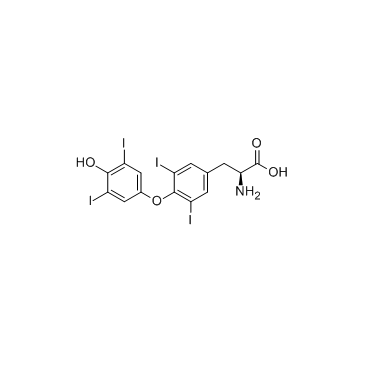
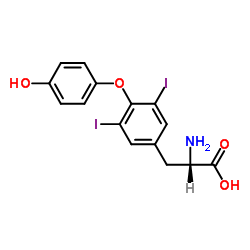


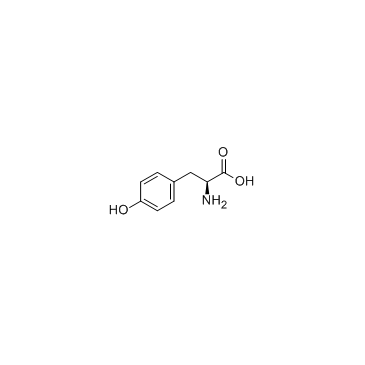
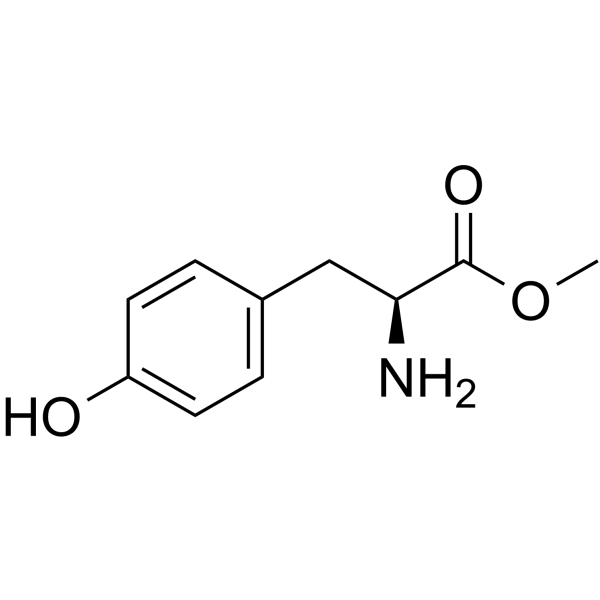
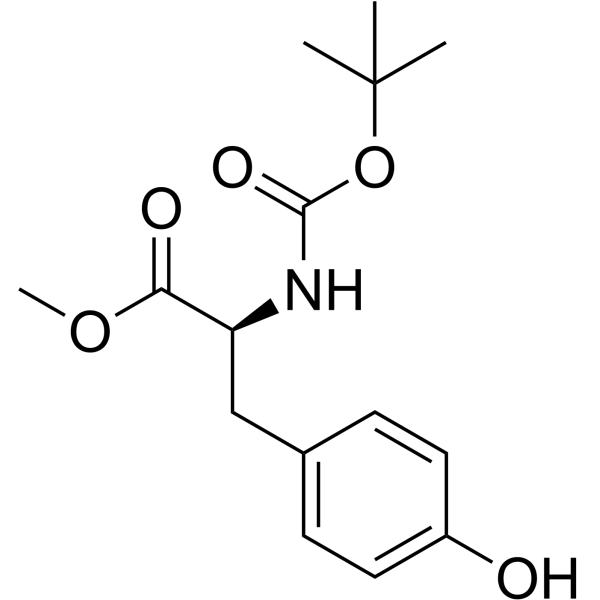



![Naphtho[1,8-cd]-1,2-thiaselenole结构式](https://image.chemsrc.com/caspic/005/64869-35-8.png)
